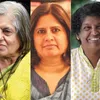The bonds of South Asian art – how this exhibition spreads messages of unity during times of conflict
In this photo essay, we share highlights from a progressive exhibition featuring artists from India, Nepal and Bangladesh, along with curator insights and messages.
Launched in 2014, PhotoSparks is a weekly feature from YourStory, with photographs that celebrate the spirit of creativity and innovation. In the earlier 430 posts, we featured an art festival, cartoon gallery. world music festival, telecom expo, millets fair, climate change expo, wildlife conference, startup festival, Diwali rangoli, and jazz festival.

This week, Karnataka Chitrakala Parishath in Bengaluru is hosting an unusual exhibition titled Integrated Art, featuring the works of 22 artists from India, Nepal, and Bangladesh. The exhibition is presented by Art Beyond Borders (ABB), a South Asian art residency and promotion programme.
“I lived in Bangladesh for 30 years before moving back home to Gurugram. This gave me the opportunity to interact with the local artist community there as well as visiting artists from various other countries,” explains ABB director Sandhya Singh Parmar, in a chat with YourStory.
“Often, these meetings and addas made me realise how artists across boundaries and cultures share a common root, just like different leaves and branches of the same tree. The shared cultural core has nothing to do with the political climate of the late 20th and early 21st century,” she adds.
The residency programmes have been held in Lucknow (2014) and Varanasi (2016). “Participating artists have included pioneers, who have, for decades, established their place within their respective fields,” Sandhya says.
“Art and culture see no boundaries. People connect at different levels beyond socio-political borders. We are part of the same human heritage, hence the desire to bring these diverse communities together through the medium of art,” Sandhya explains.
The 2016 residency – held in the oldest living city of the world, Banaras -- produced some spectacular artwork currently on display at the Bengaluru exhibition. “This residency was meant to inspire the visiting artists to capture the ghats with their own unique perspective in colour, charcoal, or any medium of their choice,” Sandhya enthuses.
“We also intended to bring to the forefront the restoration of the ghats and the necessity of a clean Ganga free from pollutants,” she adds.
The lineup features artists from India (Anandmoy Banerjee, Bharti Prajapati, Dhiraj Chowdhury, Pranam Singh, Radhika Surana, RB Bhaskaran, Sudip Roy, Swapan Das), Nepal (Anita Bhattarai, Ragini Upadhyay) and Bangladesh (Ahmed Shamsuddoha, Farida Zaman, Jamal Ahmed, Kanak Chakama, MD Moniruzzaman, Nisar Hossain, Ranjit Das, Rokey Sultana, Sheikh Afzal Hussain, Sulekha Chowdhury, and Sultan Ishtiaque).
Sandhya traces trends in the South Asian art market, such as its international acclaim in the mid-2000s. “The financial crisis in 2009 exposed the speculation that had propped the initial years of boom and the fragility of the art market,” she explains.
In the aftermath, a number of not-for-profit initiatives emerged, with a strong focus on the cultural rather than just the economic value of art. “Diversity is essential for a sustainable art ecosystem and the cultural initiatives provided that context,” Sandhya emphasises.
The South Asian art market still lacks government support, but private foundations are gradually filling the vacuum. She cites the Dhaka Art Summit by the Samdani Art Foundation as a great example.
She calls for more such champions for South Asian art, given their growing economies and private wealth. South Asian biennales and festivals are getting more international attention, and a number of art exchange initiatives are being set up.
As indicators of success for ABB, Sandhya hopes for more appreciation of the exhibiting artists’ talent. “The effort of our organisation is to create a platform for all artists alike. We hope to continue this effort for the entire SAARC region,” Sandhya enthuses.
“We wish to bring together artists across all eight nations as a way of fostering artistic development, peace, and a common love for art, culture and music that extends beyond borders and connects people,” she affirms.
She calls for more art appreciation in schools to expose children to the wide range of artistic expression, thus increasing their creative confidence. More forums are needed for people to experience and reflect on the various meanings that art evokes.
The artworks in ABB’s Bengaluru exhibition are priced such that they are accessible to new audiences who would appreciate and invest in them (from Rs 30,000 to Rs 4 lakh). The next exhibition will be in Delhi in March 2020 followed by a residency in southern India, for which patronage and support are being sought.
“We have to move beyond the pain of partition and avoid scratching our wounds of the past. And what better medium to do that than art and culture that invites you to participate in the beauty of humanity and transcends any geographic or political border,” Sandhya emphasises, as inspiring messages to the audience.
She also offers words of advice for aspiring artists. “In the economy as it stands, it is a tough road ahead. But I would urge all artists to paint from the heart – that would bring out your best expression. While commercial interests are important, do not let that trump your inner voice,” Sandhya signs off.
Now, what have you done today to pause in your busy schedule and re-channel your creative energies for a peaceful society?
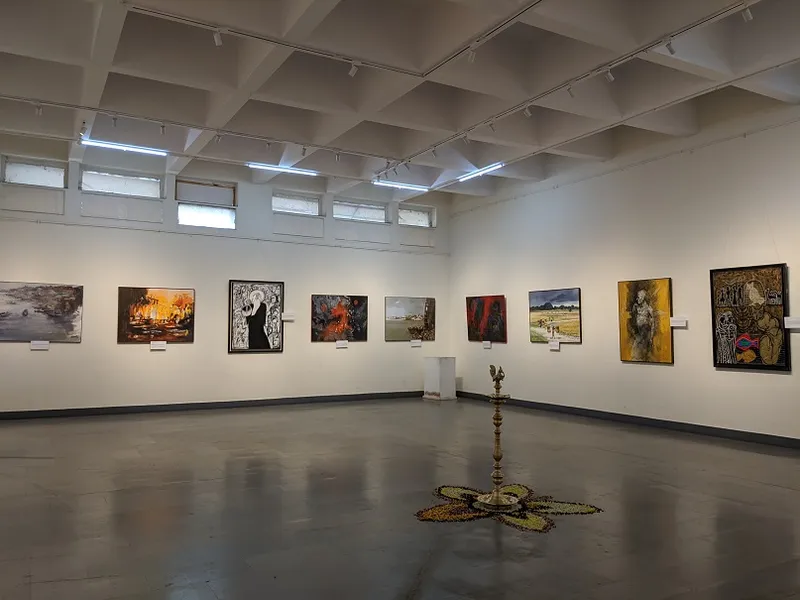
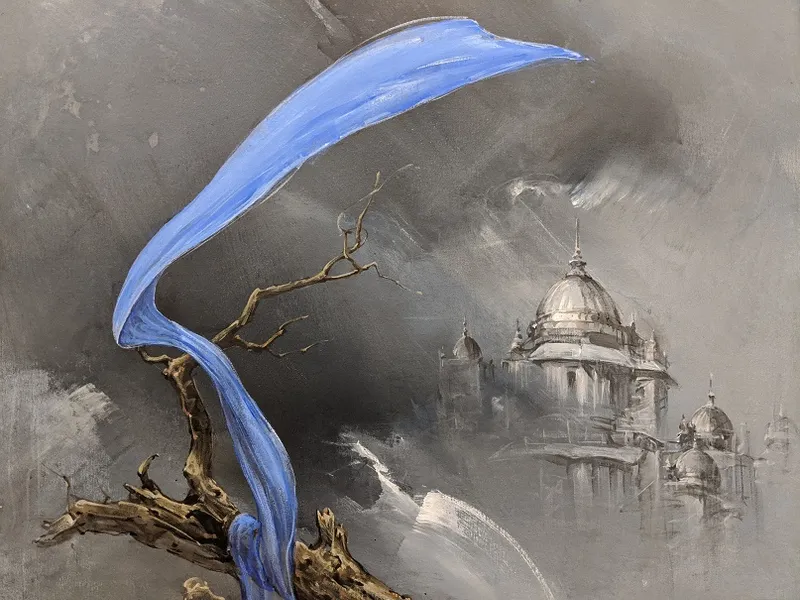
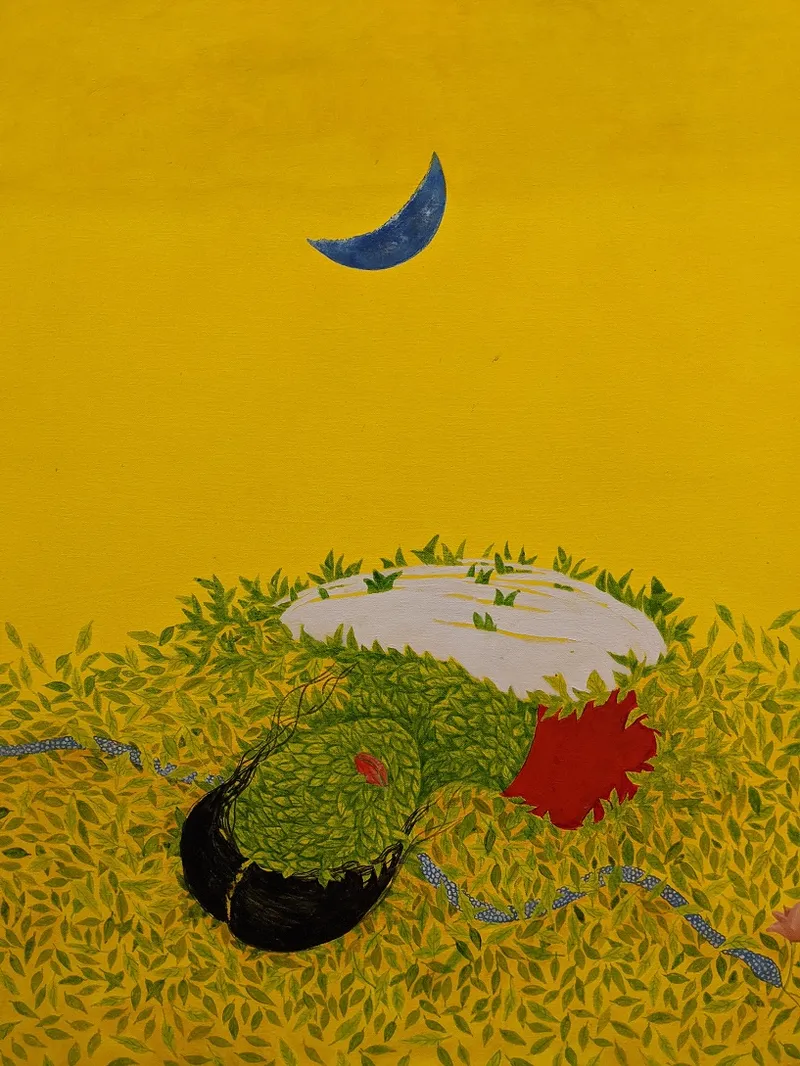
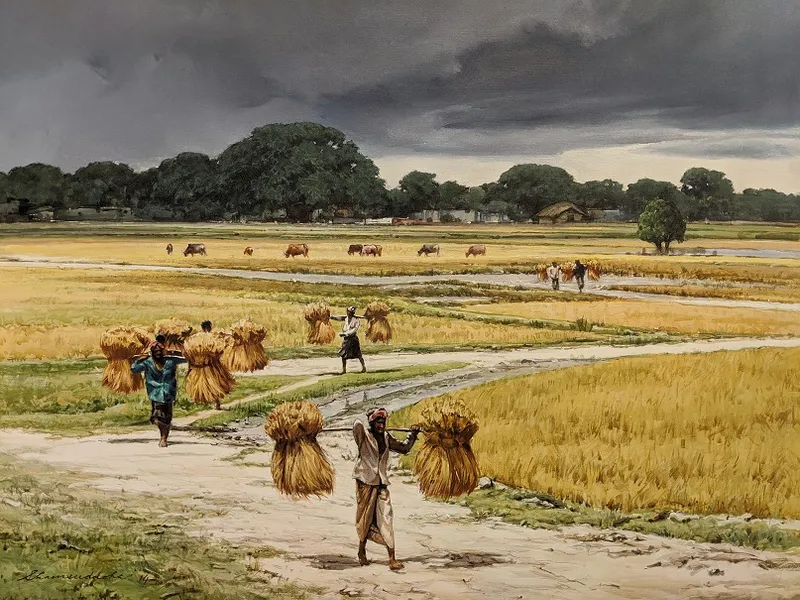

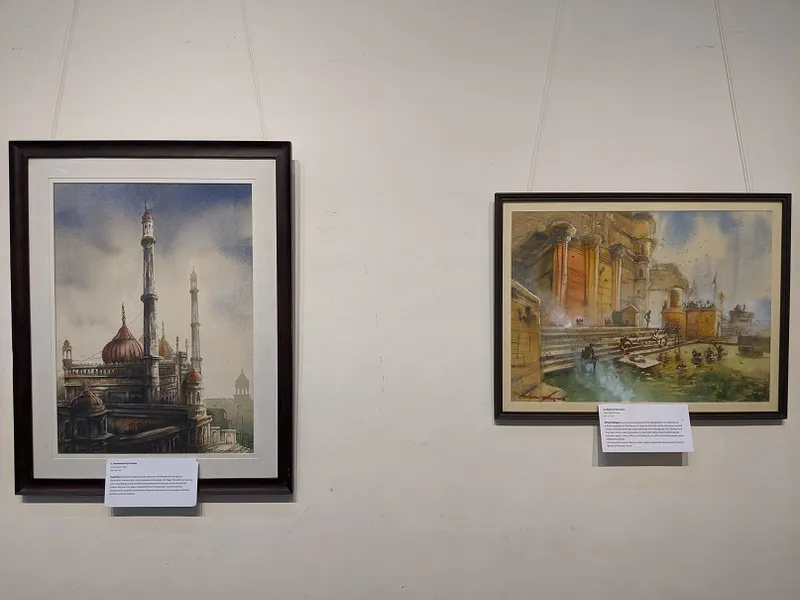
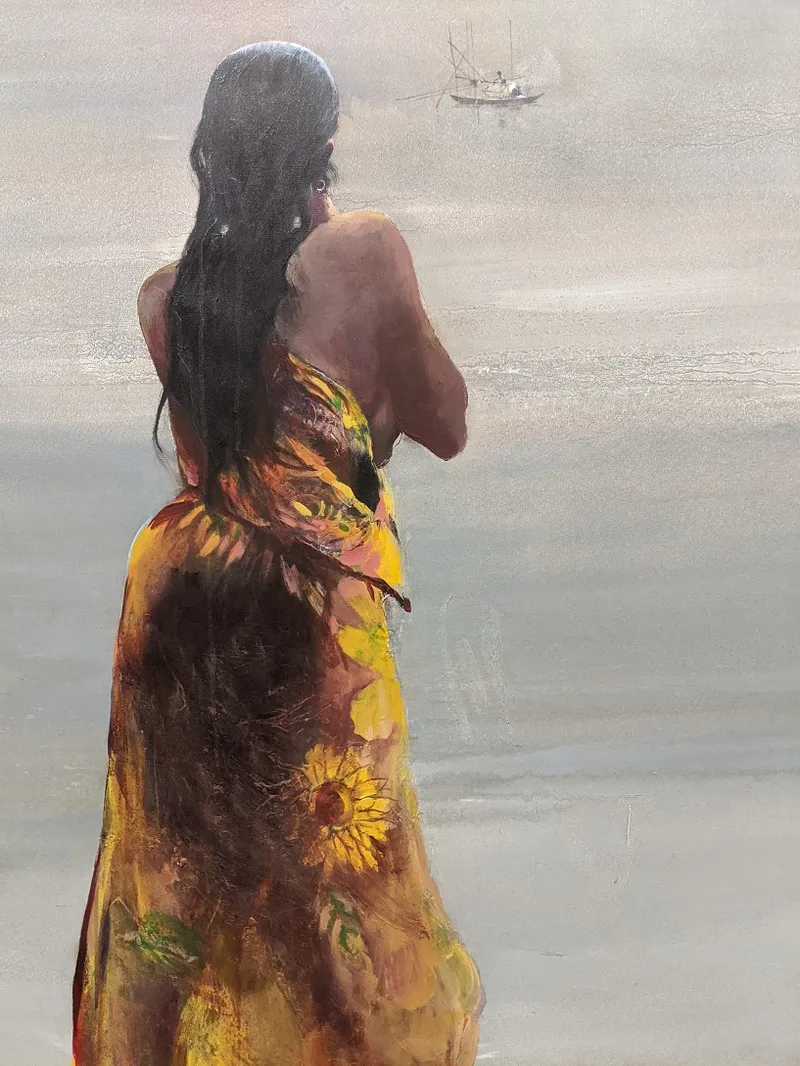
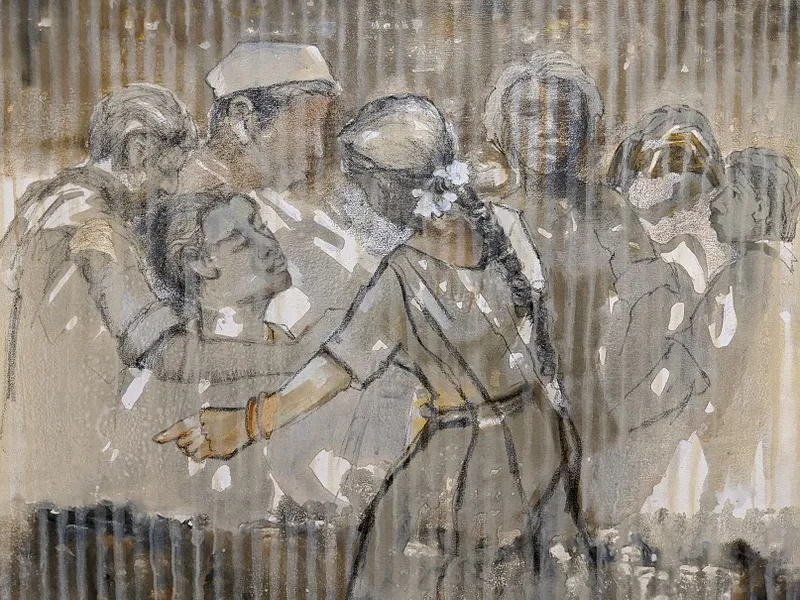

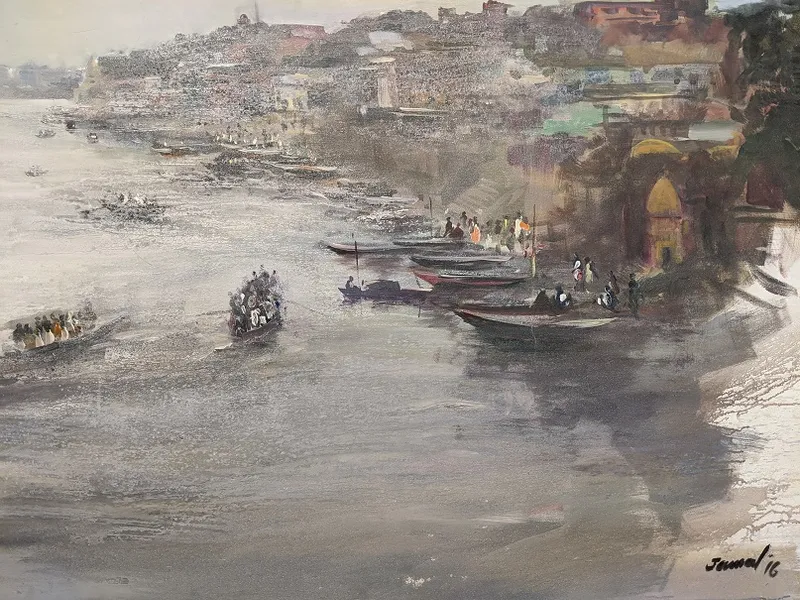
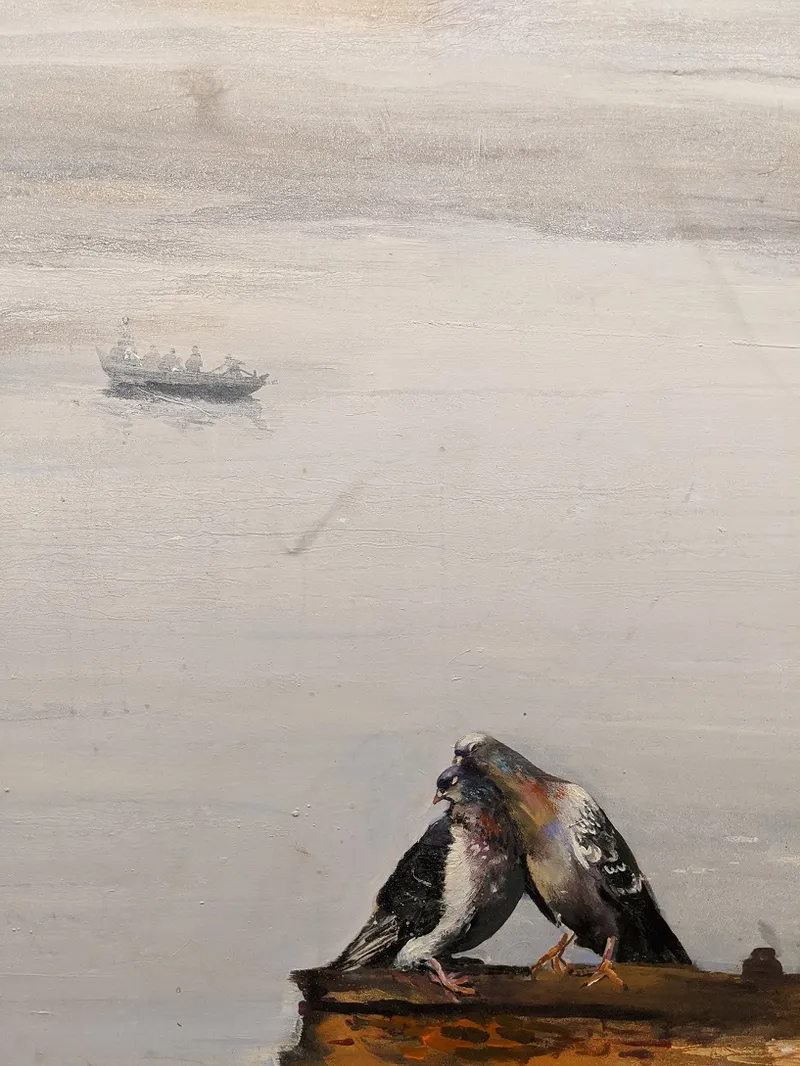
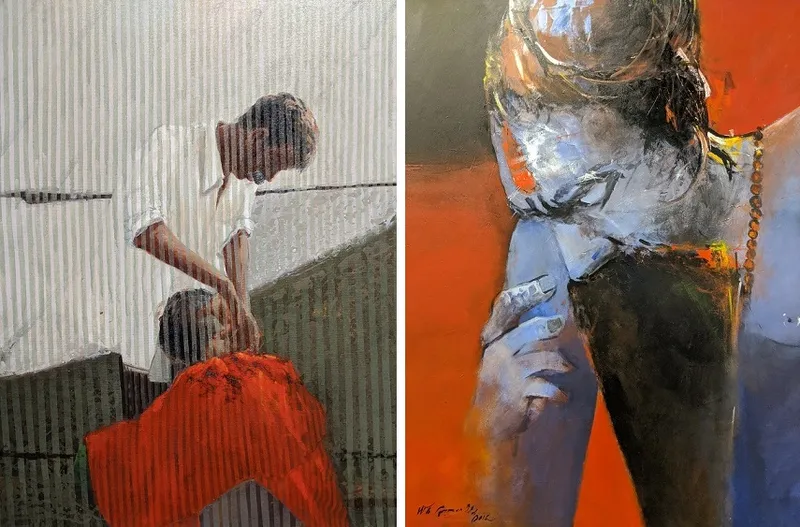
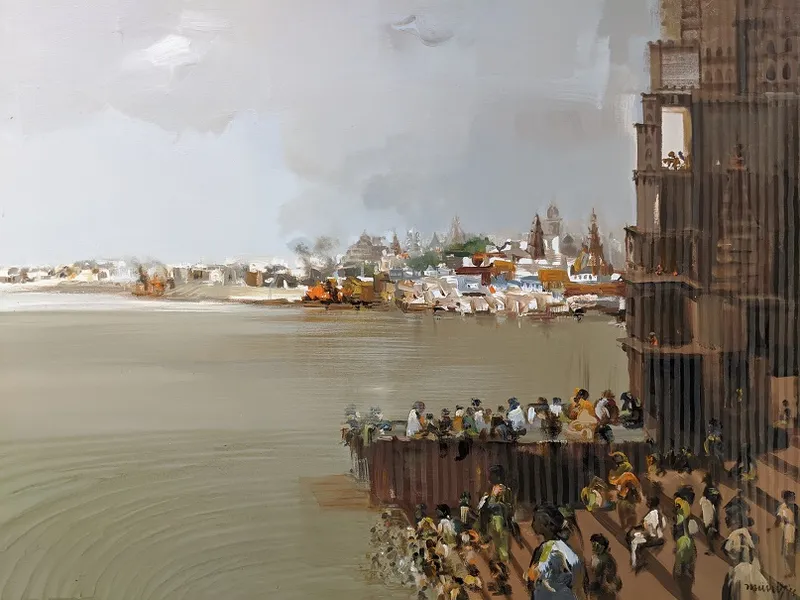
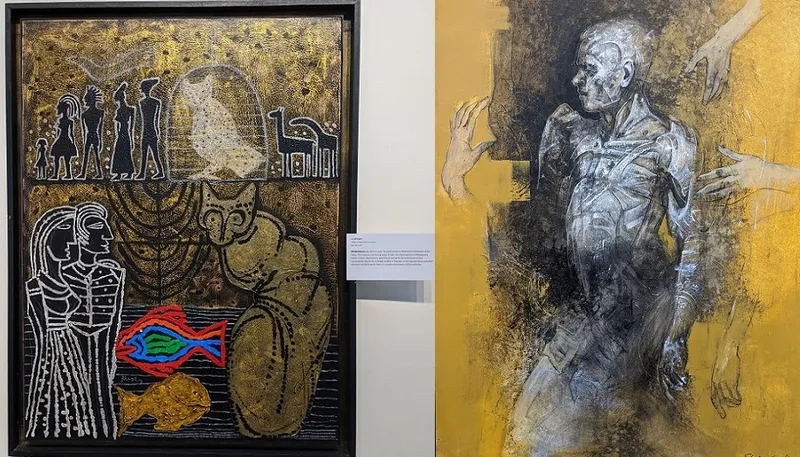
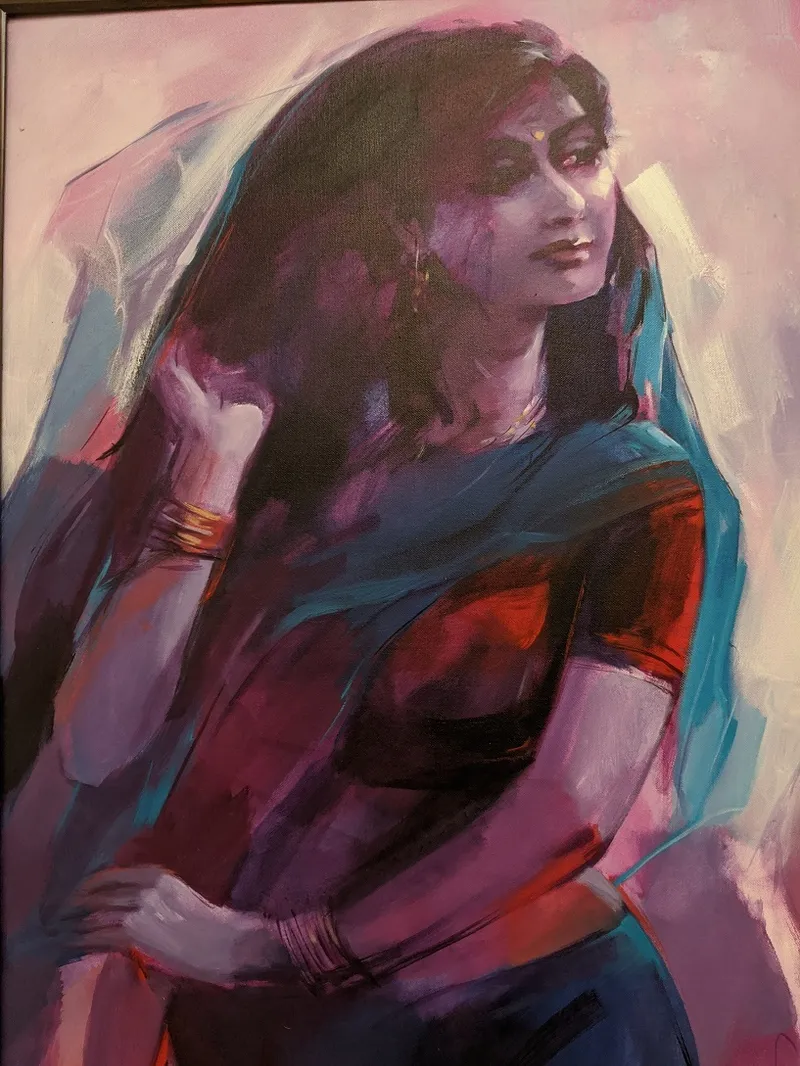
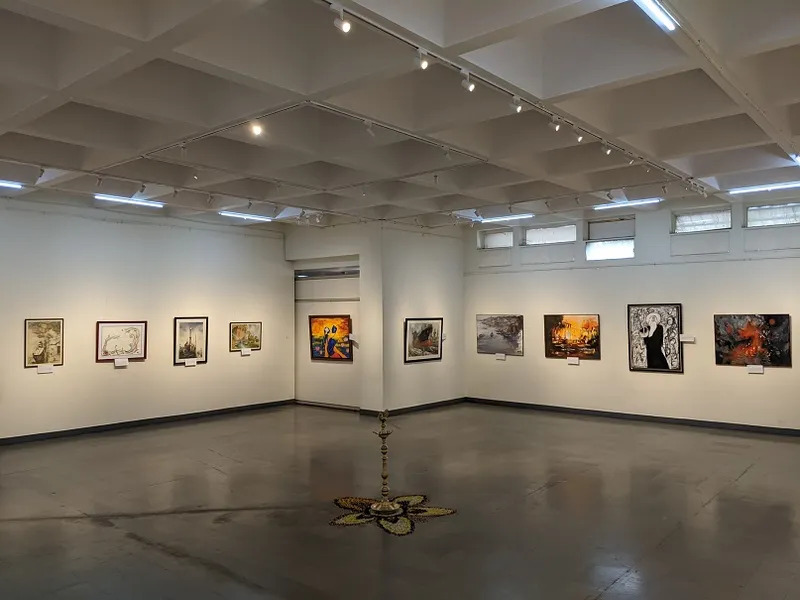
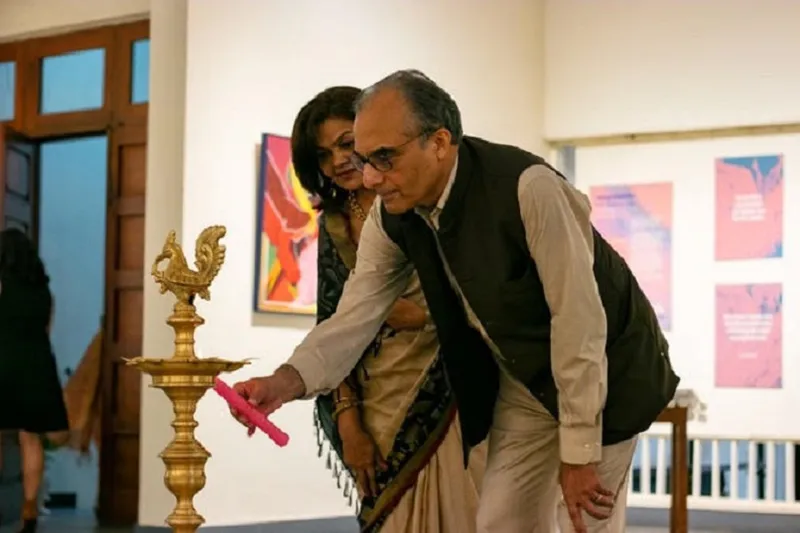

Got a creative photograph to share? Email us at PhotoSparks@YourStory.com!
See also the YourStory pocketbook ‘Proverbs and Quotes for Entrepreneurs: A World of Inspiration for Startups,’ accessible as apps for Apple and Android devices.



